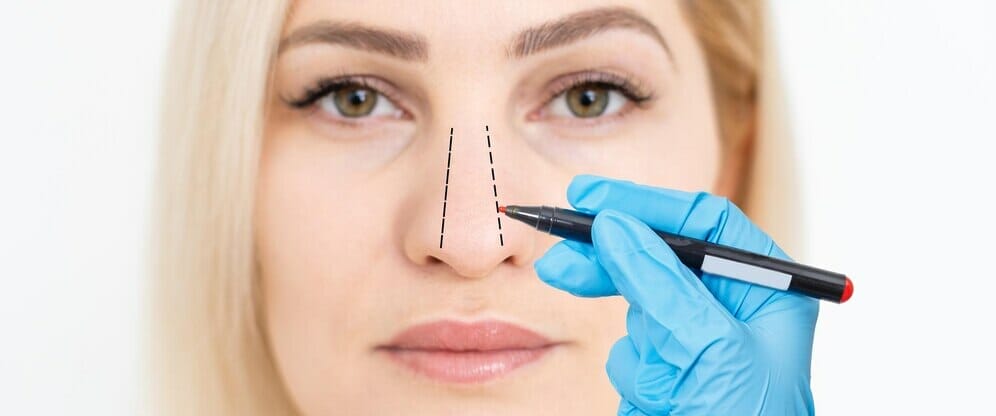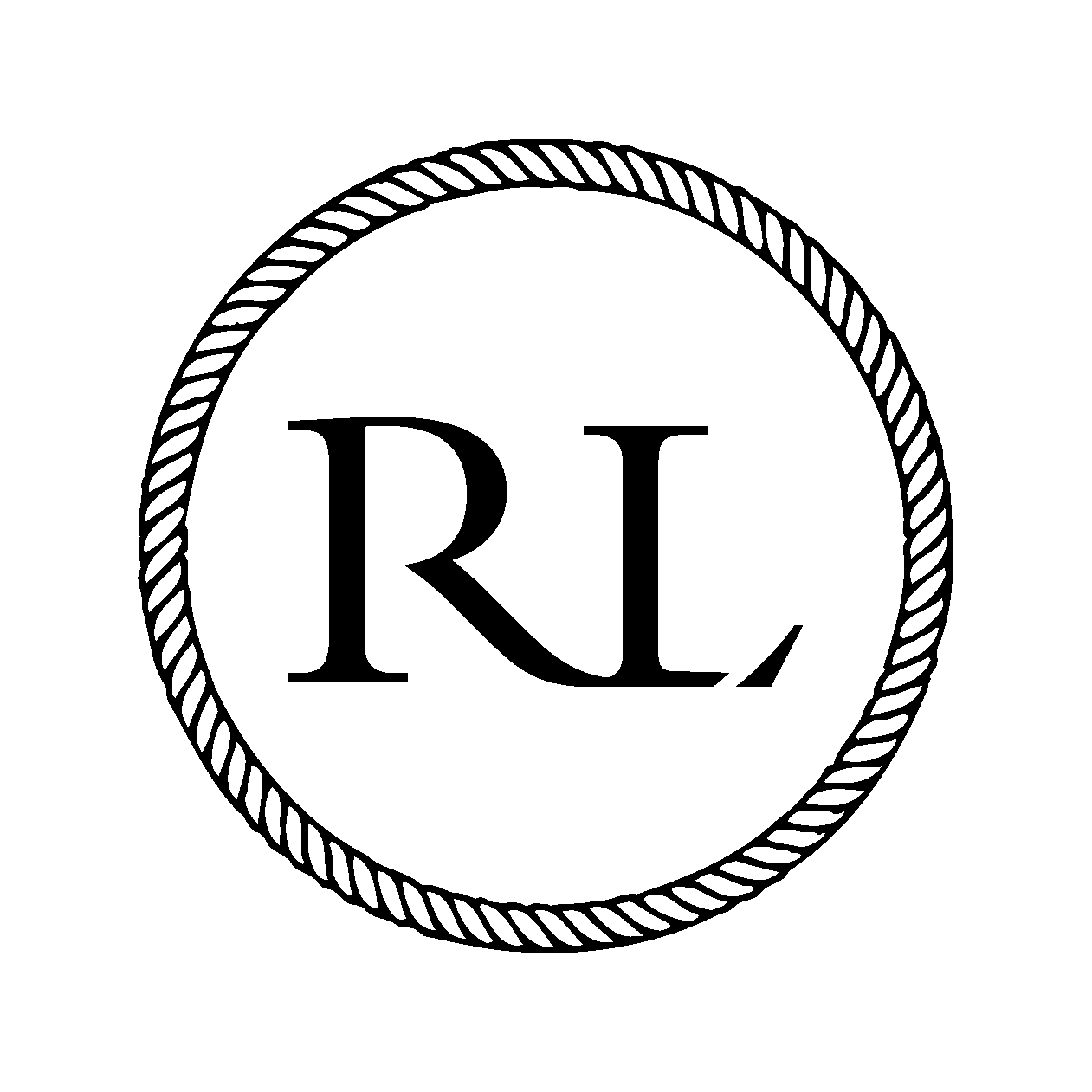How Long Does It Take to Recover From Rhinoplasty?

Source: freepik
After a certain age, our bones stop growing further, but some tissues change throughout life. For example, our nose, which is composed of bones, skin, and cartilage, may change shape and lose strength with time. As a result, the nose sags downwards and stretches out. This can impact overall appearance as the nose is the central feature of the face. Moreover, an asymmetrical nose or deformities from an injury can affect the aesthetics of the nose, which may further increase an individual’s concern regarding their appearance.
This has increased the demand for rhinoplasty, a procedure to reshape the nose shape and size so that it is in harmony with the facial features. Some people also call rhinoplasty a nose job and nose reshaping. According to Statista, a total of 39,719 rhinoplasty procedures were performed in the UK from 2010 to 2021.
It is a relatively low-risk procedure and provides satisfactory results to most patients. The procedure involves changing bones, tissues, skin, or all three per the plan. For this, a surgeon examines the nose and facial characteristics of the patient and discusses the whole procedure before surgery. Having this conversation is very important for patients to understand and clear any doubts associated with the procedure.
Besides procedure-related questions, many people have concerns regarding recovery. How long will rhinoplasty recovery take? How can I speed up my recovery? When can I start my normal routine post-surgery? Let’s discover the answers in this blog.
What to Expect After Rhinoplasty?
Right after the procedure, you will be taken to a special recovery unit where the clinic staff monitors you until you are awake. Once you are awake you will be taken to the ward to continue your recovery. You will be given something to eat and drink and more pain relief if required.
As rhinoplasty is an outpatient procedure, you can leave for home the same day. It’s good to ask any of your family members or friends to come to your room to assist you in normal activites for a few days.
You may experience swelling, bruising, slight bleeding, and mucus drainage. In some cases, patients feel congestion in the nose. However, you’ll feel better as the swelling subsides in a couple of days.
It’s good to take at least two weeks off from your routine activities to recover. During this period, prioritize rest, and avoid vigorous activities to prevent pressure on the surgery site.
Does the Procedure Hurt?
No. Rhinoplasty is not painful for most people. Most people rate their pain — 0 and 4 out of 10. In case you experience prolonged or more than usual pain, immediately consult with your surgeon. The surgeon may prescribe you some medications to provide you relief from pain.
When Will Your Surgeon Take Off the Splint?
The dressing and splints inside your nose remain in place from 5-10 days to keep the new nose shape.
You may experience slight mucus drainage and bleed for a couple of days after removing the stitches, dressing, and splints. If the mucus drainage and bleeding are more frequent, you should contact your surgeon to ask for help. Your surgeon may use a drip pad – a small piece of gauze to ease the recovery process. A drip pad is placed under the nose using tape to absorb drainage. After a certain period specified by your surgeon, change the drip pad gently. Don’t place the gauze too tight; it can hurt you. So, do it carefully or ask an expert for help.
How Much Time Does It Take to Recover From Rhinoplasty?
Usually, rhinoplasty takes anywhere between six and eight weeks to recover. During this period, you need to avoid several activities for smooth healing. Initially these include sex, gym, driving, and other strenuous exercise.
The patient usually experiences bruising around the eyes, which is common. But be sure that this is not causing pain and subsides in a few days naturally. The bruising takes around ten days after the surgery procedure to disappear.
Your surgeon may ask you to come back to the clinic after a week of the surgery to review the incision sites and remove the dressing and splints. The surgeon will arrange further visits.
You can ask your surgeon about various ways to speed up the recovery. The surgeon will advise you on various tips, such as sleeping with your head higher than the chest to reduce swelling and bleeding.
Also, avoid nose picking and blowing, and try sneezing through your mouth. Refrain from going to smoky and dusty places. Also, avoid removing any crusts until your surgeon removes the splints. And most importantly, follow your surgeon’s advice.
-
Day of Procedure
The procedure usually takes one to four hours to complete. You may experience congestion in the nose because of swelling or splints inside your nose.
-
One Week
The surgeon will remove stitches, dressing, and splints. In addition, your surgeon will examine the ins and outs of the nose.
-
Two Weeks
The majority of face swelling will subside, and you will feel better. You can rejoin your office or college and resume your normal activities gradually.
-
Three Weeks
Bruises and redness will fade, and you will be able to swim.
-
Four to Six Weeks
You will feel more comfortable and can resume strenuous activities. However, consult with your surgeon before starting vigorous exercises.
-
After a Year to 18 months
At this point, you can expect most of the healing process to be completed. You’ll start seeing the effectiveness of the procedure.
Is There Any Side Effect of Getting Rhinoplasty?
The chances of serious complications after rhinoplasty are generally low. Choosing a surgeon with expertise in handling the complexities of the procedure can greatly reduce the chance of risks.
In almost all cases, patients experience:
- Congestion in the nose. The patient needs to breathe through the mouth for a week. Once the surgeon removes splints and dressing and the swelling subsides, the patient feels better.
- A numb or stiff nose. However, it’s common, and the patient will start to notice improvement as the nose heals.
- Slight nosebleeds for the first few days.
- Swelling, soreness, and bruising around the eyes. However, these side effects go away after the first three weeks of the procedure.
Tips to Speed Up Your Rhinoplasty Recovery
-
Get Plenty of Rest
You may have difficulty sleeping for the first few days after the procedure because of congestion in the nose, but rest is critical for healing. When you sleep, the body uses energy to heal itself. Sleeping around eight hours each night is recommended to help the body restore that energy.
-
Follow Your Surgeon’s Instructions
Reading online articles about rhinoplasty recovery is not enough. Nothing can compare to the advice you get from your surgeon. After the procedure, Mr Raj Lakhani at Rhinoplasty LDN provides detailed post-operative instructions, including what medication to take, when to take them, how to care for the nose to prevent infection, and when to come again for follow-up.
-
Don’t Smoke
If you smoke or vape, your surgeon will advise you to stop it for four weeks before and after the procedure. This is because the nicotine in vaping products can limit the blood flow, making it difficult for the body to heal during recovery.
-
Avoid Sun Exposure
Protecting your body from extreme sun exposure is always a good idea. This is even more important after rhinoplasty because sun rays can cause permanent irregular discolouration in your nose’s skin. That’s why always wear SPF 30 sunscreen when you go outside.
-
Maintain a Healthy and Balanced Diet
Post-procedure, your surgeon will advise you to eat healthy and nutritious diet including vegetables and fruits. Choose the one with high fibre to reduce the chances of constipation – as it can put pressure on your surgery site.
Also ensure you take plenty of vitamins, especially Vitamin A and Vitamin C.
Leafy vegetables, like kale and spinach, are a good source of Vitamin A. This vitamin plays a significant role in improving the immune system to help the body fight against infections.
Vitamin C, which is commonly found in broccoli, Brussels sprouts, and citrus fruits, aids in the regeneration of collagen, the protein that joins skin tissue.
Takeaway!
Rhinoplasty is an excellent way to improve the nose’s aesthetics and/or function. If you are considering getting rhinoplasty, book a consultation with Mr Raj Lakhani, one of the most highly reputed and trusted surgeons in the UK. He will have an open and honest conversation with you and walk you through the whole procedure and recovery period. He will also discuss the procedure plan and help you get the best possible results. Contact us now!
